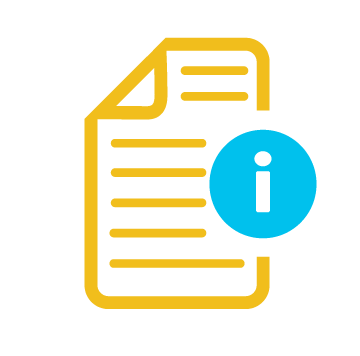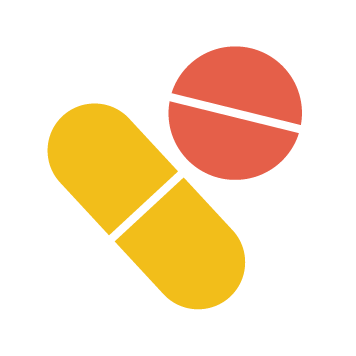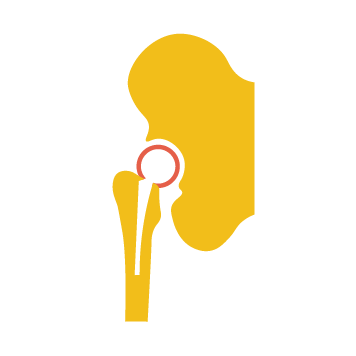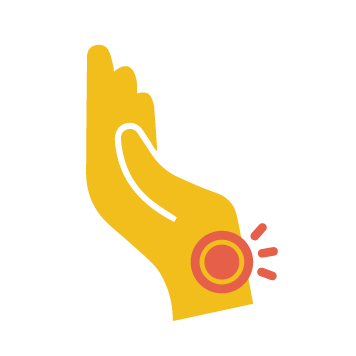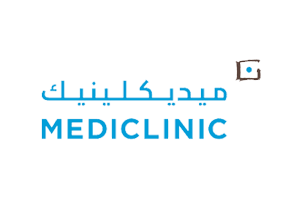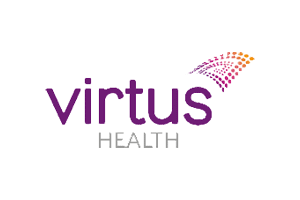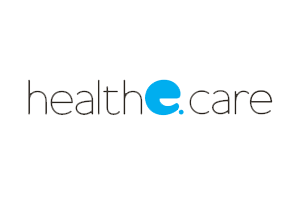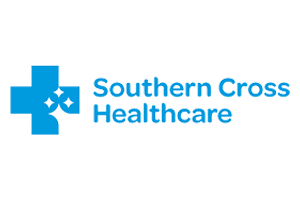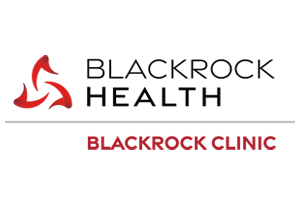Surgical Site Infection (SSI) surveillance is a critical safety process to identify SSI risks and prevent serious harm.
With shorter hospital stays, surveillance increasingly needs to be done post-discharge, but traditional surveillance methods (readmission to hospital, pathology results) significantly underreport true incidence rates. Using a Public Health England-validated patient-reported survey, we accurately measure SSI incidence and alert infection prevention and control (IPC) teams when patients report concerning symptoms. This can be done at a fraction of the cost of other approaches.
Why Surgical Site Infection?
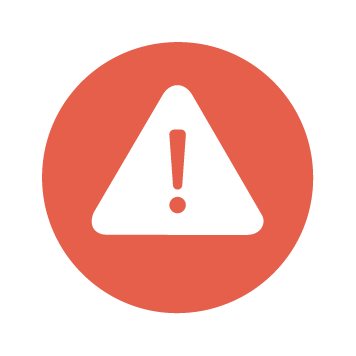
Accurately Measure SSI Incidence
Using a Public Health England-validated survey, we capture real-time patient-reported data, ensuring a more accurate measure of SSI incidence compared to traditional methods.
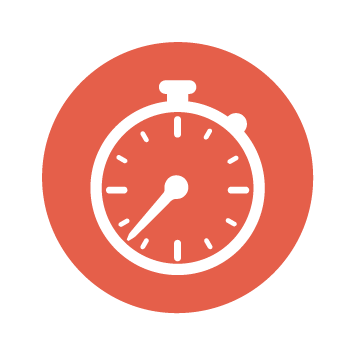
Detect Infections Early
By collecting post-discharge feedback, we enable early detection of infection symptoms, allowing Infection Prevention and Control (IPC) teams to respond quickly and prevent complications.

Reduce Underreporting of SSIs
Traditional surveillance methods often miss true infection rates. Our system ensures a more complete picture by collecting data directly from patients, improving the accuracy of SSI reporting.

Lower Surveillance Costs
Our patient-reported survey approach offers significant cost savings compared to traditional surveillance methods like readmissions and pathology tests, providing an affordable solution for SSI monitoring.

Enhance Patient Safety and Outcomes
By identifying and addressing SSIs early, our approach helps reduce the risk of serious harm, supporting better post-surgical outcomes and improving overall patient safety.
Capturing patient feedback across their healthcare journey.
Service Recovery Feedback
Enable patients to quickly share what is on their minds, so you can act promptly.
Discharge Readiness
Optimize discharge processes to boost satisfaction, reduce readmissions, and drive referrals.
Post-Care Experience
Leverage post-care feedback to enhance loyalty, service quality, and patient retention.
Surgical Site Infection
Accurately measure, detect, and prevent surgical site infections through patient-reported data.
Symptom Tracking
Track real-time symptoms to deliver proactive, personalised care and improve outcomes.
Medicine Adherence
Enhance patient outcomes by tracking treatment, promoting adherence, and improving decision-making.
Cosmetic Surgery
Enhance cosmetic surgery results with patient feedback to improve outcomes and satisfaction.
Cataract Surgery
Enhance cataract surgery outcomes with patient feedback to improve care and experiences.
Nasal Surgery
Enhance nasal surgery care by using patient feedback to refine treatment effectiveness.
Shoulder Surgery
Improve shoulder surgery outcomes by capturing real-time patient feedback and insights.
Carpal Tunnel Release
Use patient feedback to measure, refine, and improve carpal tunnel outcomes effectively.
Hip Replacement
Leverage patient feedback to optimise hip replacement pathways and deliver better clinical outcomes.
Knee Replacement
Leverage patient feedback to optimise knee replacement procedures and enhance clinical outcomes.
Capturing patient feedback across their healthcare journey.
Trusted by private hospitals worldwide




